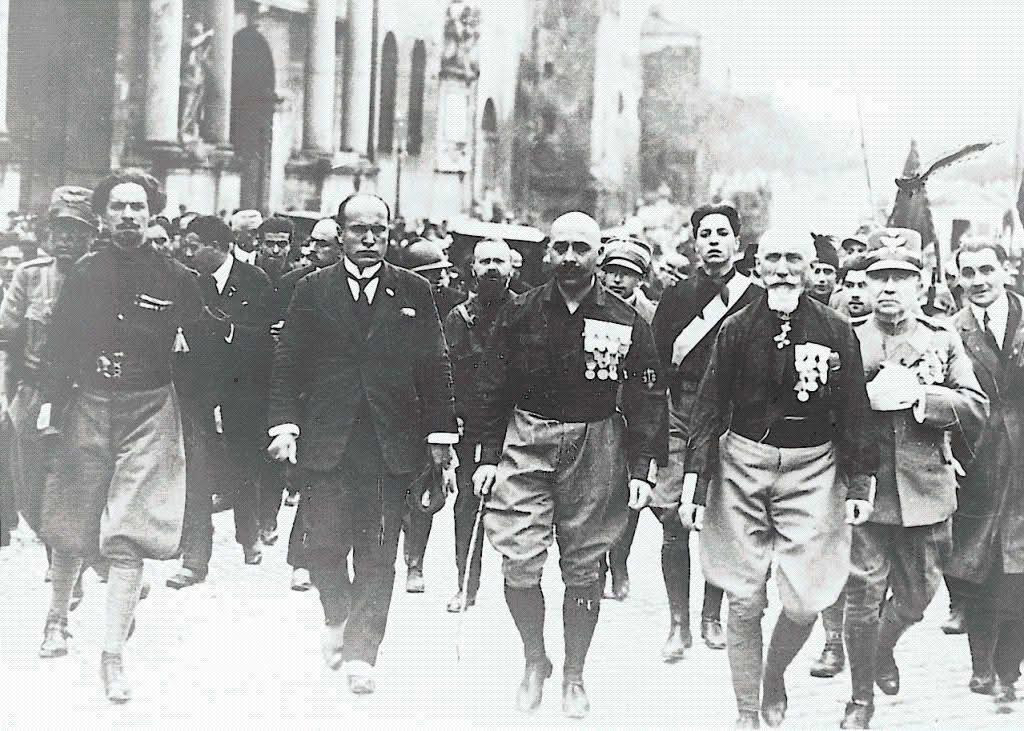Understanding Fascisterne: Lessons from a Troubled Past
Introduction: Who Were the Fascisterne?
Fascisterne symbolizes a dark chapter in European history—a time when democracy was threatened by authoritarian ambition, and nationalism turned into a tool for oppression. The word “Fascisterne” is often used to describe the followers or ideologies linked to fascism, especially in the early to mid-20th century.
This period saw the rise of totalitarian regimes that rejected open debate, silenced dissent, and placed power in the hands of a few. Learning about Fascisterne isn’t just about understanding the past—it’s also about recognizing the signs and protecting the values of freedom, inclusion, and human rights today.
The Rise of Fascism in Europe
Fascism emerged after World War I, during a time of political and economic instability. Many countries in Europe were struggling to rebuild, and people were desperate for strong leadership and simple answers to complex problems.
Key Conditions That Led to the Rise of Fascisterne:
- Economic collapse and high unemployment
- Fear of communism and social unrest
- National humiliation after war defeats
- Weak democratic governments
Fascisterne offered promises of national pride, order, and a return to greatness. But underneath the surface, these movements were often built on hatred, exclusion, and violence.
Mussolini and the Italian Fascisterne
The first major fascist movement rose in Italy, led by Benito Mussolini. He founded the Fascist Party in 1919 and promised to restore Italy’s power. His followers, known as Fascisterne, used propaganda, intimidation, and violence to silence critics.
Core Ideas of Italian Fascisterne:
- The state is more important than the individual
- Loyalty to a single leader
- Hatred of communists, liberals, and socialists
- Use of force and fear to maintain control
By 1925, Mussolini had become a dictator, and Italy had lost its democratic institutions. The Fascisterne became a powerful force, setting an example that would later be followed by others.
Fascisterne in Nazi Germany
The most infamous example of Fascisterne influence was in Germany, under Adolf Hitler and the Nazi Party. Though Nazism had its own unique ideas—especially its obsession with racial purity—it shared many roots with fascism.
The German Fascisterne supported Hitler’s rise, helped eliminate all political opponents, and played key roles in enforcing strict loyalty to the Nazi regime. They embraced nationalism, militarism, and a deep hatred of minorities, especially Jews.
How the Fascisterne Operated in Nazi Germany:
- Controlled education and media
- Encouraged fear through secret police and informants
- Promoted blind loyalty to Hitler
- Used violence to eliminate any form of resistance
The result was one of the most destructive periods in human history, including the Holocaust and World War II.
Fascisterne in Other Parts of Europe
While Italy and Germany are the most well-known examples, Fascisterne appeared in other countries as well. In Spain, Portugal, and even Denmark, fascist-inspired movements tried to gain power.
In Spain, Francisco Franco led a military uprising and, with the help of fascist allies, established a dictatorship that lasted for decades. Though not all of these movements succeeded in seizing control, the spread of fascist ideology showed just how vulnerable democracy can be during times of crisis.
The Danger of Fascist Thinking
Fascisterne often begin with promises—order, strength, national pride. But these promises come at a heavy cost. The reality is usually marked by:
- Censorship
- Loss of free speech
- Discrimination and violence
- Persecution of minorities
- Control through fear
The real danger is that fascist ideologies often hide behind patriotic language. People may not even realize how much freedom they’ve lost until it’s too late.
How Fascisterne Maintain Power
Fascisterne did not rise by chance—they were carefully organized and used many tools to stay in power. Understanding these tools helps us spot early signs of authoritarian behavior today.
Common Tactics Used by Fascisterne:
- Propaganda: Using media to spread only one version of the truth.
- Scapegoating: Blaming one group (often minorities) for all problems.
- Suppressing Opponents: Jailing or silencing those who disagree.
- Cult of Personality: Treating leaders like they are flawless heroes.
These tactics weaken a society’s ability to think critically and act freely.
The Fall of Fascisterne Regimes
Eventually, most fascist regimes were brought down—either by outside forces (as in World War II) or by internal collapse. But the damage they caused left deep scars.
After the defeat of Nazi Germany and Fascist Italy, many countries began building stronger democratic systems and international organizations like the United Nations to promote peace and prevent the return of fascism.
The Legacy of Fascisterne
Though fascist regimes fell decades ago, the legacy of Fascisterne still lingers. Across the world, movements with similar ideologies sometimes resurface—often using different names and updated methods.
That’s why remembering what Fascisterne did is so important. It reminds us of:
- The value of democracy and human rights
- The importance of speaking out against hate
- The need to protect vulnerable communities
- The danger of unchecked political power
Recognizing Fascisterne Today
Today’s threats to democracy don’t always look the same as they did in the 1930s. But they can still carry the same core beliefs—intolerance, authoritarianism, and the rejection of open society.
Warning Signs to Watch For:
- Leaders who attack the press
- Nationalist movements that reject diversity
- Calls to give leaders unchecked power
- Hate speech targeting certain communities
Even in democratic countries, it’s important to stay alert and defend democratic values.
Final Thoughts: Why Learning About Fascisterne Matters
The story of Fascisterne is not just about the past—it’s a warning for the present and the future. It teaches us what happens when fear overcomes reason, when hate replaces compassion, and when power becomes more important than people.
By learning about Fascisterne, we honor the victims of those regimes and commit ourselves to a world where freedom, respect, and dignity are never taken for granted.





